Ground beneath your feet — all planets have it (yes even gas giants). But the one on our Earth is a little different from those in other places. So, what exactly is soil, and what makes ours stand out?

Soils are actually very complex things. They’re a mix of solid material — both organic and inorganic — with fluids such as water and air, with a helping of living organisms thrown in to tie everything together. It’s a very dynamic material, one that responds to factors such as climate, terrain, biology, and human activity to name a few. It’s also continuously developing. Depending on where on Earth you look, and when, soils take on unique properties. It’s so complex, in fact, that soils are treated as ecosystems unto themselves.
However, life as we know it would be impossible without soil. So, everybody, grab your spades and let’s take a look at what exactly soil is.
The most bare-bones definition of soil is that it is a mixture of sand, clay, silt, and humus (not the tasty spread). In more geologically-savvy talk, soil is the unconsolidated mineral and/or organic material that forms on the immediate surface of the Earth. According to the Soil Science Society of America Glossary of Soil Science Terms, soil is also “subjected to and shows effects of genetic and environmental factors of: climate (including water and temperature effects), and macro- and microorganisms, conditioned by relief, acting on parent material over a period of time.” In other words, soils represent a mixture of geology and biology, and they are, quite literally, the substrate that fosters life on dry land.
The inorganic parts
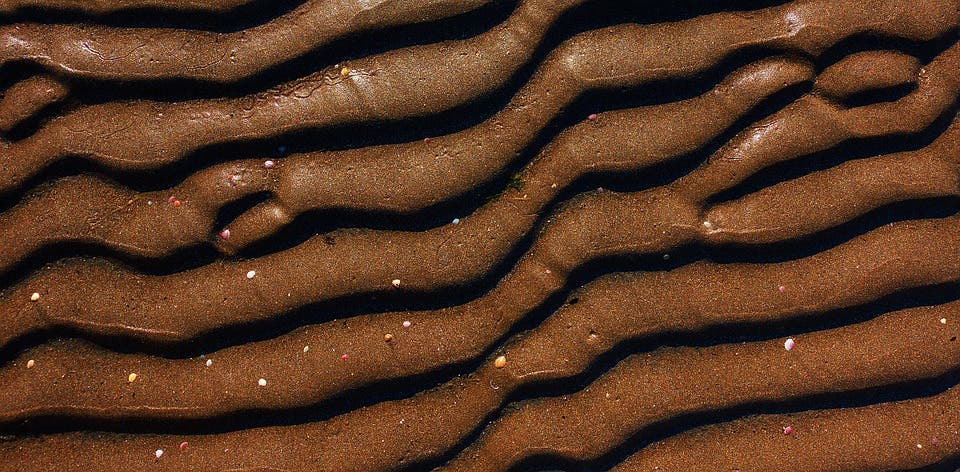
Image credits Andrew Martin.
The ‘geology’ part includes the inorganic elements of soil — mainly ground-up, weathered rocks and minerals. Weathering are the mechanical or chemical processes through which rocks are broken down into smaller pieces. These rocks and minerals are referred to as the soil’s “parent material“. This inorganic fraction represents around 90% by volume of all the solid material in the mix.
Soil texture is mainly produced by the ratios of different types of inorganic material in the soil. We generally classify these by the size of their particles. The three main types are sand, silt, and clay.
Sand is the coarsest of the three, with particles ranging in diameter from 0.0625 mm to 2 mm. Soils that contain more than 85% sand-sized particles by weight are called sand. Its exact composition varies from place to place, but generally, sand is made up of silica (quartz).
Particles in sand are pretty loose and coarse which creates a lot of open spaces for water to flow through. This makes sand very good at draining and filtering water. Its lack of organic material and inability to hold water, however, makes it a very poor environment for plants to grow in.
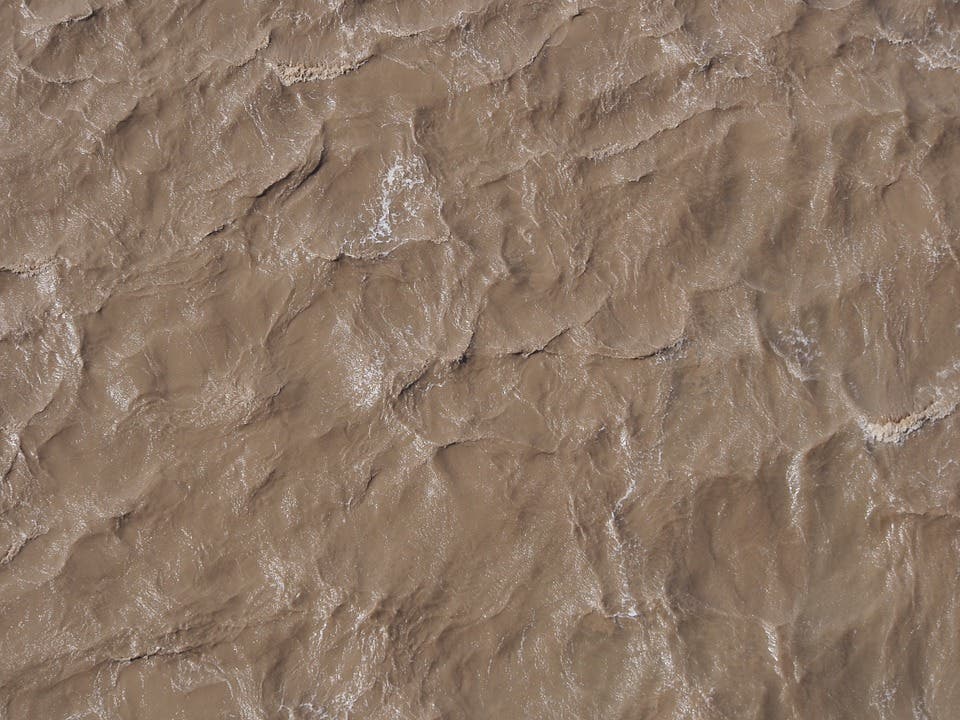
Image credits Andrew Martin.
Silt is an intermediate texture, with particles ranging between 0.0039 mm and 0.0625 mm in diameter. To give you a rough idea, dry silt feels like coarse flour in your hands. Add water to it, and it would feel smooth, almost silky to the touch, without being sticky. Silt is much better than sand at holding in water. Due to its smaller-sized particles, it can be transported over long distances by wind (forming loess) or rivers. It is composed mainly of quartz and feldspar.
Silt an important component for fertile soils. Because of the size of its particles, it’s good at holding water for plants to absorb through their roots, but also creates enough open spaces for air pockets to form (more on that later). Smaller particles also mean they can be circulated around an environment to provide fresh minerals for plants. The Nile River, for example, brings huge amounts of fresh silt, rich in organic material, to bear on its banks every time it floods; this has single handedly fed Ancient Egypt’s ascent in the middle of an inhospitable desert. It had such a central role to play in the Egyptians’ life that they adopted the black silt on the Nile’s banks as a symbol of rebirth.

Clay is the finest type of material on the list. Its texture feels like that of eye shadow. While the exact point at which a particle is no longer considered silt varies depending on which discipline you’re asking, geologists usually consider particles under 2 micrometers to be clay. It’s usually made up of metallic oxides, which make clay quite colorful. These oxides are why clay-fired bricks are red, but clay can come in a wide range of colors.
Clays are made of wide, flat particles — which means that they have large surface areas compared to the other inorganic fractions. This makes them more chemically active than silt or sand and thus, better able to hold nutrients onto their surfaces. As such, clays can help make very fertile soils. Too much clay, however, can dry plants out — clay particles are good at capturing water but not very good at letting it go.
Overall, the inorganic components of soil mainly include silica, with iron and aluminum oxides. They mainly create soil’s texture and structure. Overall, it isn’t of much value to plants, although fractions like clay can transport nutrients.
The organic parts
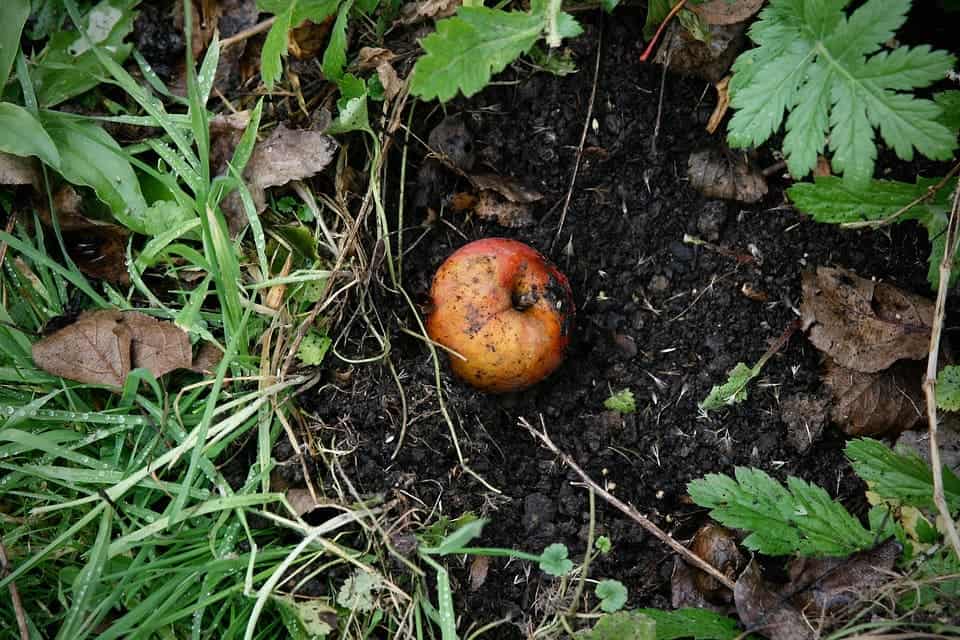
Geology alone isn’t enough to produce soil. Mars, too, has a lot of ground-up, weathered rocks and minerals about its surface. So does the moon — but that’s just barren dirt. The components that set ‘soil’ apart from ‘dirt’, the bits that give it its unique pizzaz, are biological. Soil is pretty dense in organic material, which makes up around 10% of the volume of its solid components. The two main types of organic matter in soil are the living and the non-living fractions.
The latter improves soil’s ability to hold water, improves its nutritive value, and helps form stable aggregates (i.e. it ties everything together). It mostly originates from the microbial decomposition of animal or plant material (such as leaves, roots, soft tissues, or feces). This breakdown process recirculates nutrients through the soil to feed plants. Exactly how fast this material breaks down depends on how homey the soil is for bacteria. Higher decomposition rates occur in warm, moist conditions with good aeration, a favorable ratio of nutrients, with a pH (soil acidity) near neutral, and without pollutants or toxins.
Organic matter content in soil depends on how much of it is added versus how much of it is broken down over a given unit of time. Bacteria first munch on the juicier bits, such as sugars, starch, and certain proteins. More resistant compounds — such as the structural components in cell walls — are decomposed relatively slowly. These compounds, such as lignin and tannin, impart a dark color to soils containing a significant organic matter content. In general, the darker the soil, the more organic material it contains — so the better it is for growing plants.
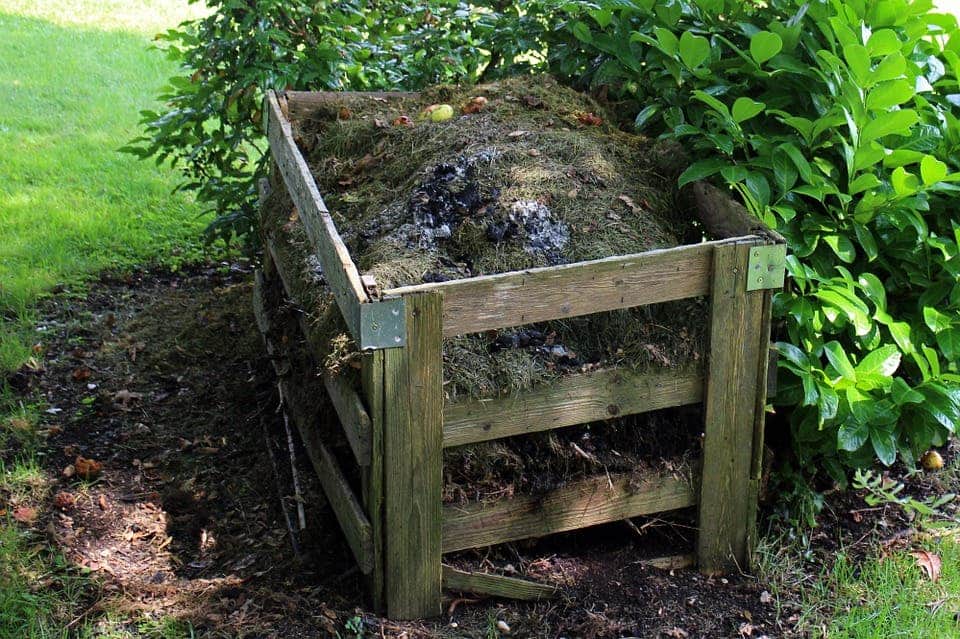
Image credits Manfred Antranias Zimmer.
Living organic matter includes the aforementioned bacteria, earthworms, and everything in between. Fungi, actinomycetes, algae (yes, there is algae in soil), and protozoa also make an appearance. These organisms all work together to make soil the complex ecosystem it is, but they can both support and hinder plant growth. They can help plants by decomposing organic matter, fixing nitrogen (which plants can’t do themselves), and by improving soil quality through aggregation, aeration, and drainage. On the other end of the spectrum, they can compete with plants for nutrients or munch on their roots.
Soil structure
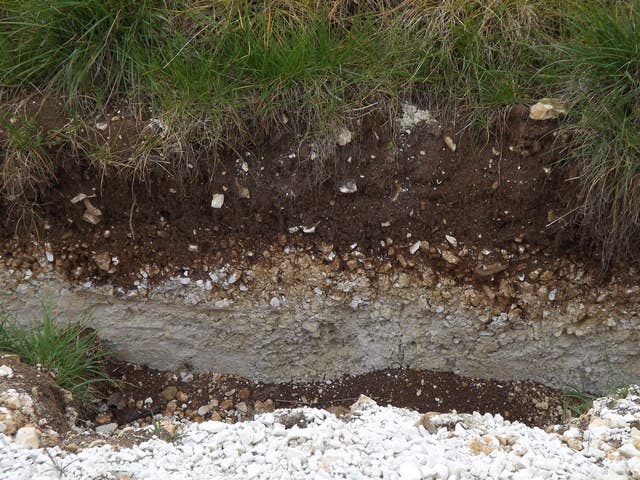
Image credits Colin Smith.
Soils have complex structures to go along with their complex makeup. Dig down through some and you’ll see it’s made of layers, which are also called ‘horizons’. Taken together, all of these horizons form a soil’s profile. As a rule of thumb, almost all soils have three major horizons, and most also have an organic horizon. In order, a soil’s profile can include:
- An organic/humus horizon. This material is mostly made up of organic matter in various stages of decay. If you’ve ever walked through a thick forest in spring, you may have noticed that there’s a brown, wet, mushy layer of something between the fallen leaves of last year and the ground proper. That’s plant matter that is rapidly being turned into soil and is part of this organic horizon. This layer shows great variation between soils: it’s thin in some, thick in others, and completely absent in some cases.
- Topsoil. This horizon is mostly made up of minerals from the soil’s parent material mixed in with a healthy heaping of organic matter. It’s a very cozy place, and most plants and animals that live in soil call this layer home.
- The eluviated horizon. This is a blanket of gravel, sand, and silt particles of quartz or other particularly hardy materials left over after the clay, organic matter, and more soluble minerals have been washed away by water draining through the soil. It has to be noted that water does this to the above horizons as well, but those tend to be replenished through organic decomposition. The eluviated horizon isn’t seen in most soils but is quite often found in older soils and forest soils.
- The subsoil. This part is packed with minerals and nutrients washed down from the above layers that get stuck here like coffee grounds onto filter paper.
- Parent material. The inorganic ‘foundation’ from which the soil developed.
- The bedrock. A solid mass of solid rocks (usually granite, basalt, quartzite, limestone, or sandstone). If the bedrock is close enough to the surface to weather, it can serve as the parent material for the above soil. But, make no mistake — this is rock. This bit isn’t considered soil.
A lot of this column, ideally, is empty air. Fertile, medium-grain soils can reach up to 50% porosity, and all this empty space is crucial for its health. The pores allow air and water to pool and (ideally) circulate through the soil, keeping both its flora and fauna alive.
Pore size (which is dictated by particle size) is important, too, as is the distribution of these pores. If a pore is too small, it traps water too tightly for plants to absorb. That’s why soils with a large clay content aren’t very good for agriculture. We till the land as a way to break it up and temporarily increase its porosity and permeability.
Pores that are too large just let water woosh right through, as we discussed earlier, which is just as bad for plants. Large pores that communicate (i.e. that are connected) with one another allow water and air to move freely through the soil, carrying nutrients around. However, smaller pores are better if you’re dealing with drought — they store water better.
As far as flora is concerned, pores can keep different populations of bacteria separate from one another. This is actually pretty good news since it keeps the strains from competing with one another directly. As such, soil porosity allows for multiple organisms that occupy the same ecological niche to coexist, which improves its resilience to shocks such as pollution or climate change.
It’s easy to take the soil under our feet for granted — after all, it’s just dirt in our soles. But hopefully, I’ve helped you see a glimpse of the living, breathing ecosystem that underpins all of the life on dry land, and most of the life on Earth. So the next time you visit the park, spare a moment to think of all the hard work that’s going on beneath your shoes — we wouldn’t be here without it.



